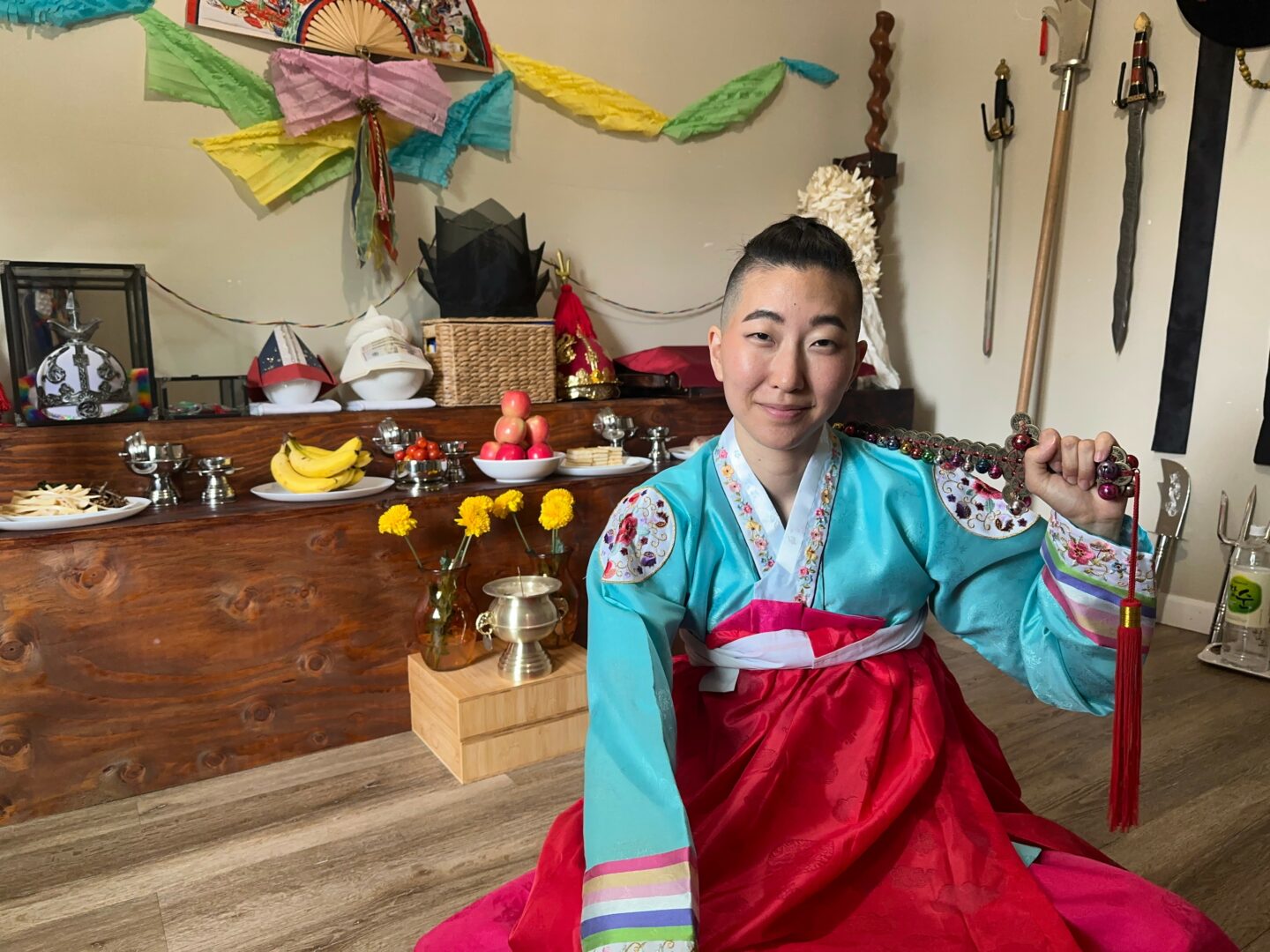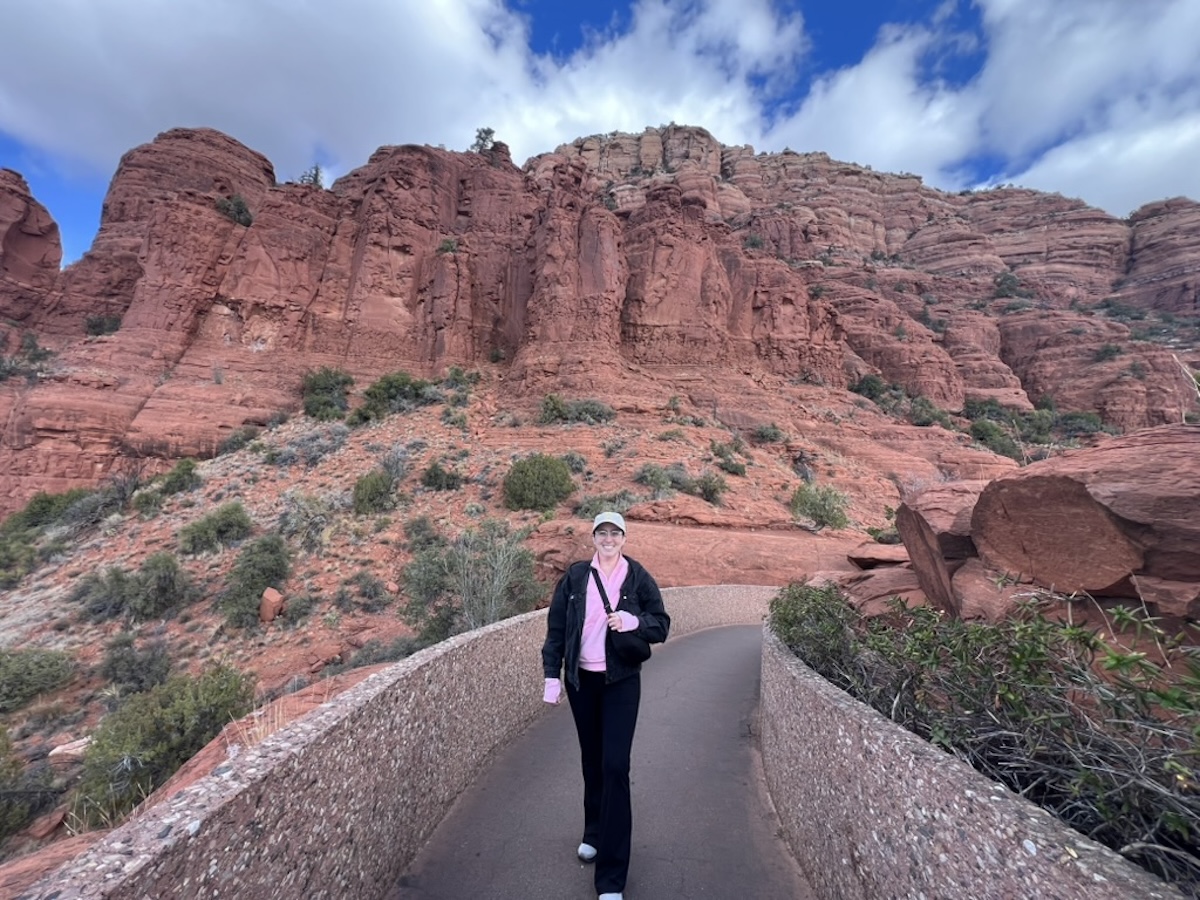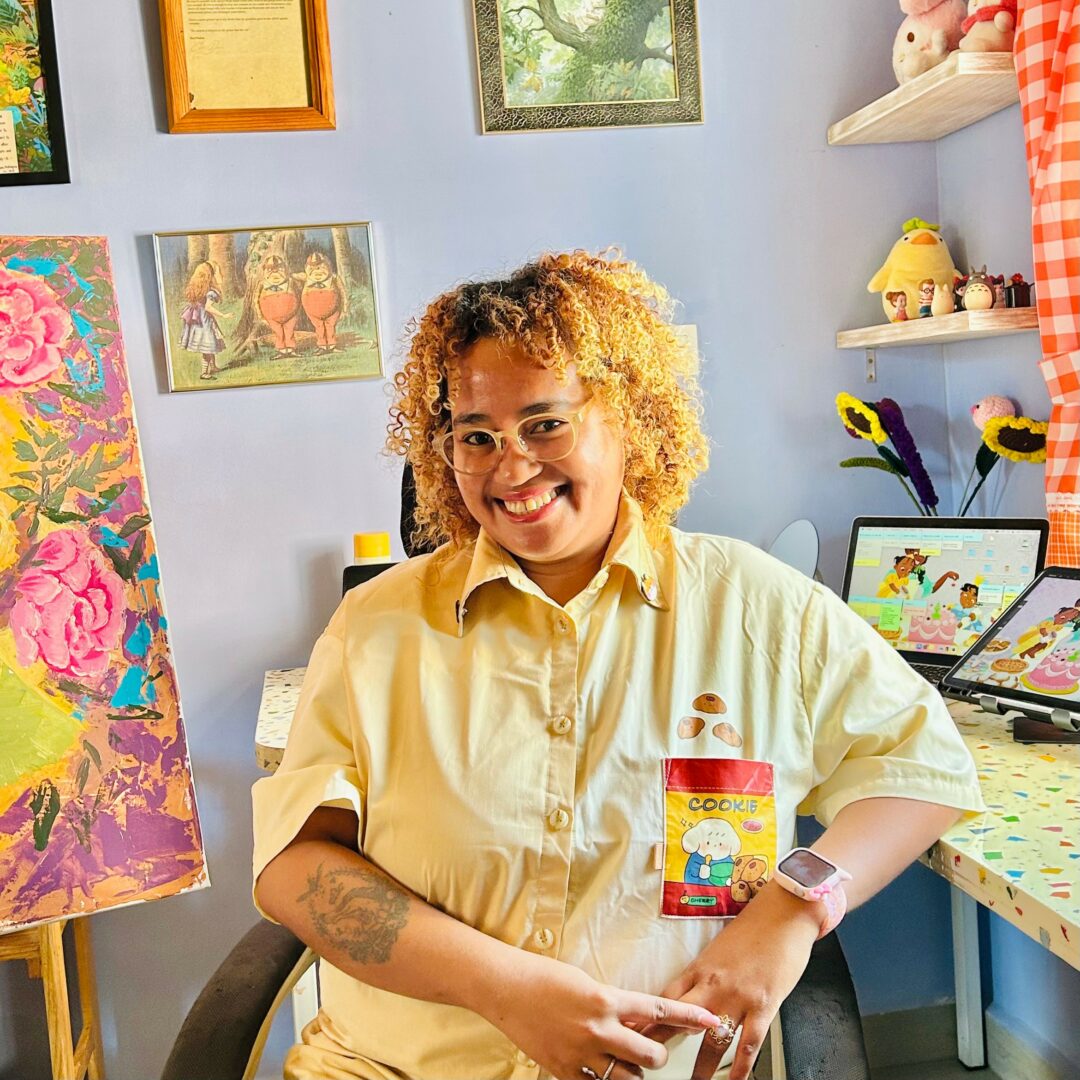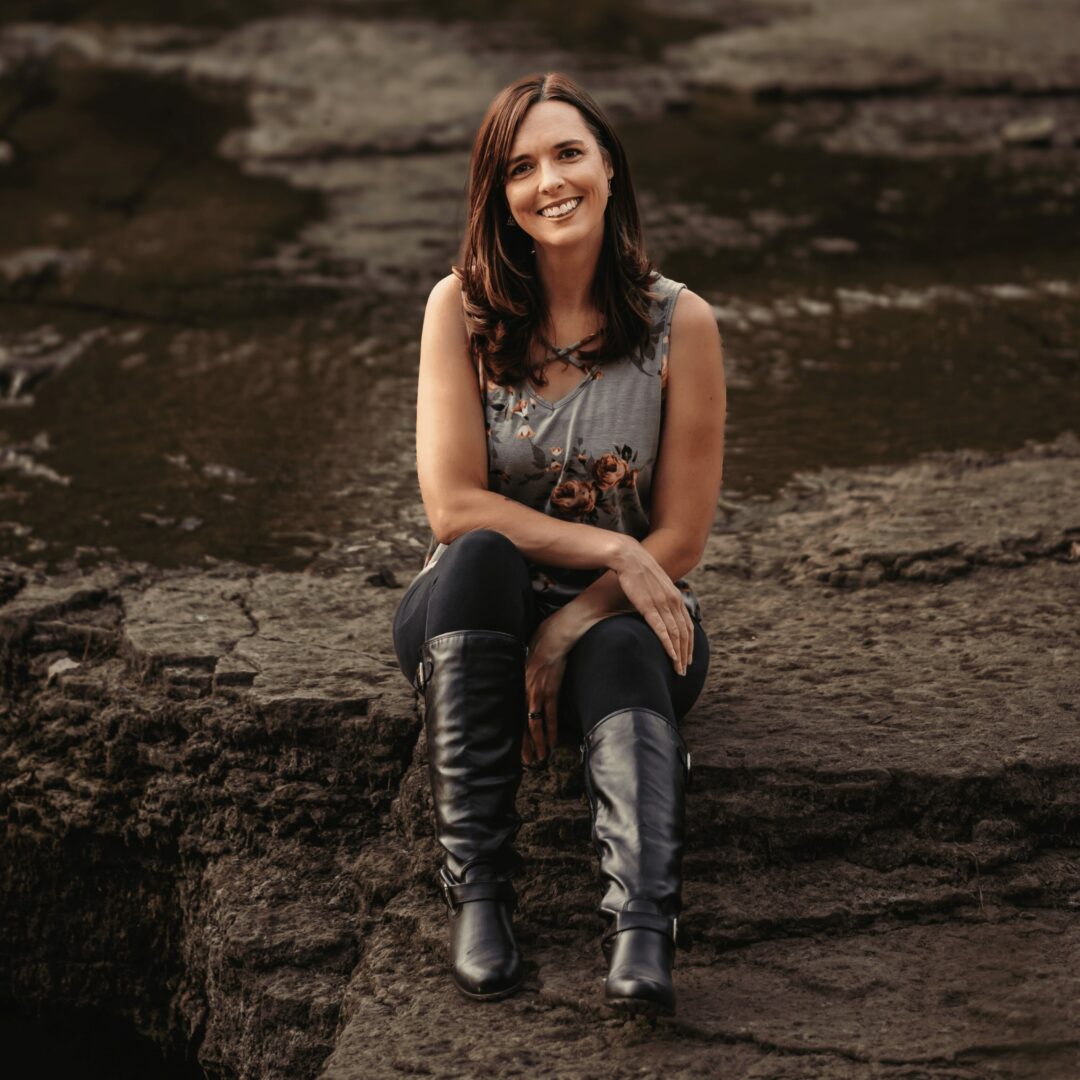We were lucky to catch up with Haein Kang recently and have shared our conversation below.
Hi Haein, really happy you were able to join us today and we’re looking forward to sharing your story and insights with our readers. Let’s start with the heart of it all – purpose. How did you find your purpose?
The truth is, I didn’t find my purpose, but I am learning how to live it out every single day.
I have a sense of my purpose, and have had that sense for as long as I can remember. So, I can’t say that I found my purpose at a distinct point in time. It wasn’t always something I could put into words. What I have found is how I can live out my purpose. I learn about that everyday in my studies and experiences as a baby mudang (Corean shaman-priest apprentice), and as a person just making their way through life. There’s been times I thought I might stay a certain way for the rest of my life, only to realize that I needed to change to continue being aligned with my purpose. I’ve also made plenty of mistakes, and I still do. I reflect and process what I need to, and then try to do better moving forward.
I was a very dedicated lay leader in the Korean-American Catholic community for most of my 20s. During my graduate studies in theology, my focus was on reconciling generational differences through the communal meal. Simply put, I studied how sharing a meal could bridge the gap between groups of people and bring about real connection and changes. I knew that part of my purpose was to bring people together, but I did not realize it would ultimately happen through a calling to become a mudang (Corean shaman-priest).
The meal table has a central role in Corean practices, both for lay people and for clergy. A major component of ancestral veneration is food offerings. We prepare a spiritual communal meal table for the living generations to connect to the generations that have passed on. As a mudang, I spend a lot of time setting up these kinds of spiritual communal meal tables — for ancestors, my gods, and spirits in general — to facilitate rituals and ceremonies for my clients. In my 20’s, I never would have imagined I would be living out my purpose to bring generations together in this way. I knew my purpose, but I was still learning how to live out that purpose.
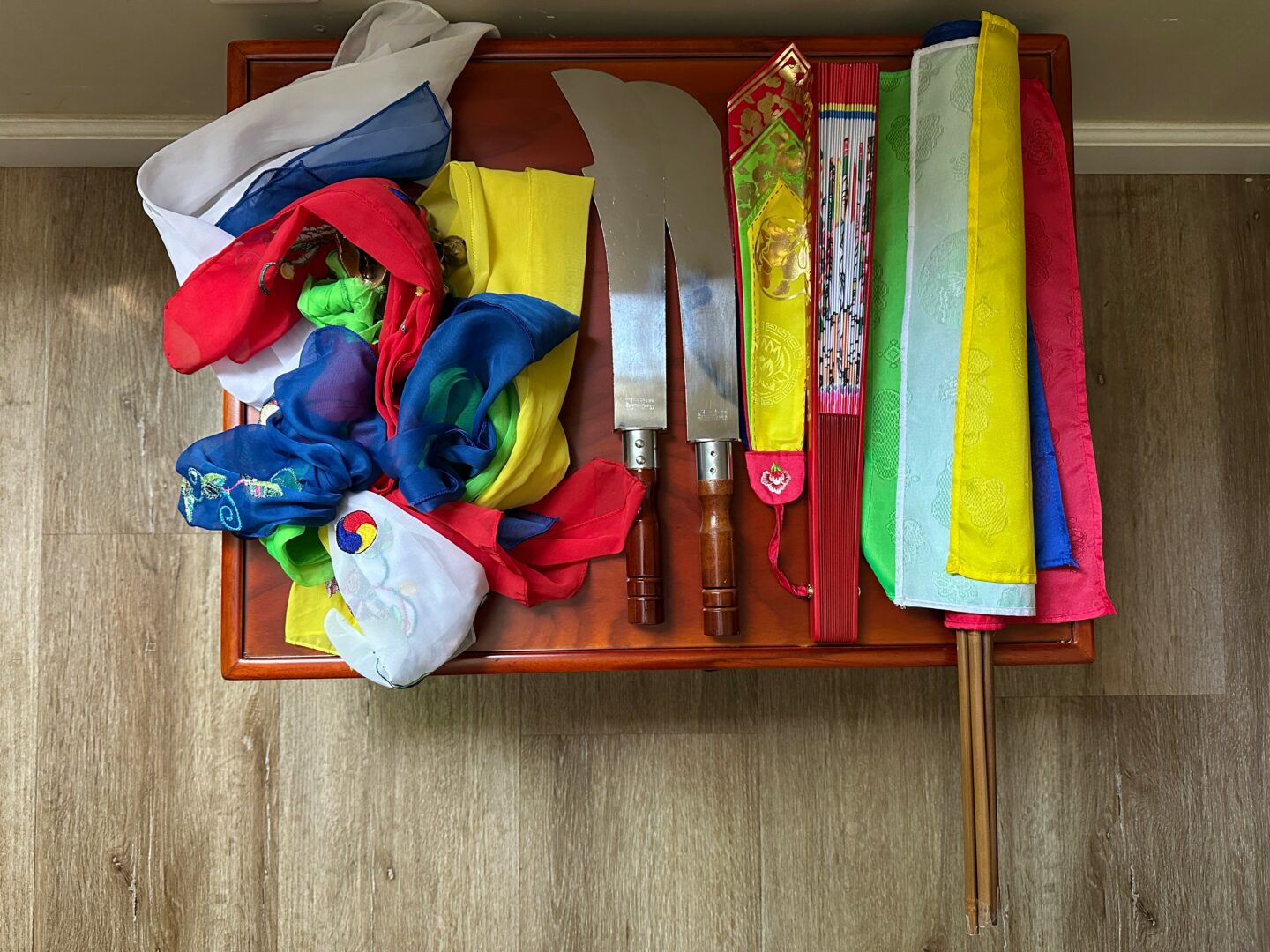
Let’s take a small detour – maybe you can share a bit about yourself before we dive back into some of the other questions we had for you?
I go by “The Baby Mudang” on social media and professionally. A mudang is a traditional Corean shaman-priest who works with a diverse pantheon of deities to address the spiritual needs of our community. Mudang can be described as intermediaries between this world and the spiritual world, and they help people and spirits by resolving any conflicts that arise, helping people trouble-shoot or maintain their good relations with spirits, and delivering messages and prophecies from our deities. These are just some of the things mudang do, and they typically do this in the context of ‘jum’ (divination sessions/consultations), prayer & rituals, and grand ceremonies.
The Korean title for apprentices can be directly translated as “baby/child apprentice.” So, I came up with “baby mudang” as a term that can be used to refer to apprentices in English. Mudang also have a type of deity that shines through in our appearance, personality traits, and special abilities. For myself, those would be my child gods. So I decided to go by “The Baby Mudang” also as an ode to the deities that come through the strongest for me – the baby gods!
I’m proud to be part of a semi-traditional lineage that follows the old ways, while adapting and adjusting practices for contemporary times. It’s been exciting being part of history in that sense. As someone who is learning the old ways and adapting them as we move forward into the future. In this spirit, I’m currently working on an online course that I’m excited to present to the community. It will be a course on ancestral work that will include some history and context. Many of our traditions were passed down orally, so I want to do my best to preserve practices in writing where appropriate, while also sharing these traditions in English to make it more accessible for English speaking Korean diaspora. I also aim to help people adapt their practices to our lives today, to bring our old practices with us into the future.
The course will be available through my website Fall 2025 www.thebabymudang.com
I’ve also recently started my Substack. I experience many spirits on the regular, and I often get to know their stories in a very intimate way. Some stories are joyous and filled with pride, while others convey deep sadness and regret. Some of these stories begged to be shared for others to hear. So, at the nudging of the spirits, and inspired by pages that focus on living beings (like Humans of New York @humansofny), I started my Substack. I figured, if we can interview and share the stories of living human beings, why not do the same for those who have already passed on? These stories help bring people together, and I’d like to contribute to these story-telling spaces. You can find my Substack here https://thebabymudang.substack.com/
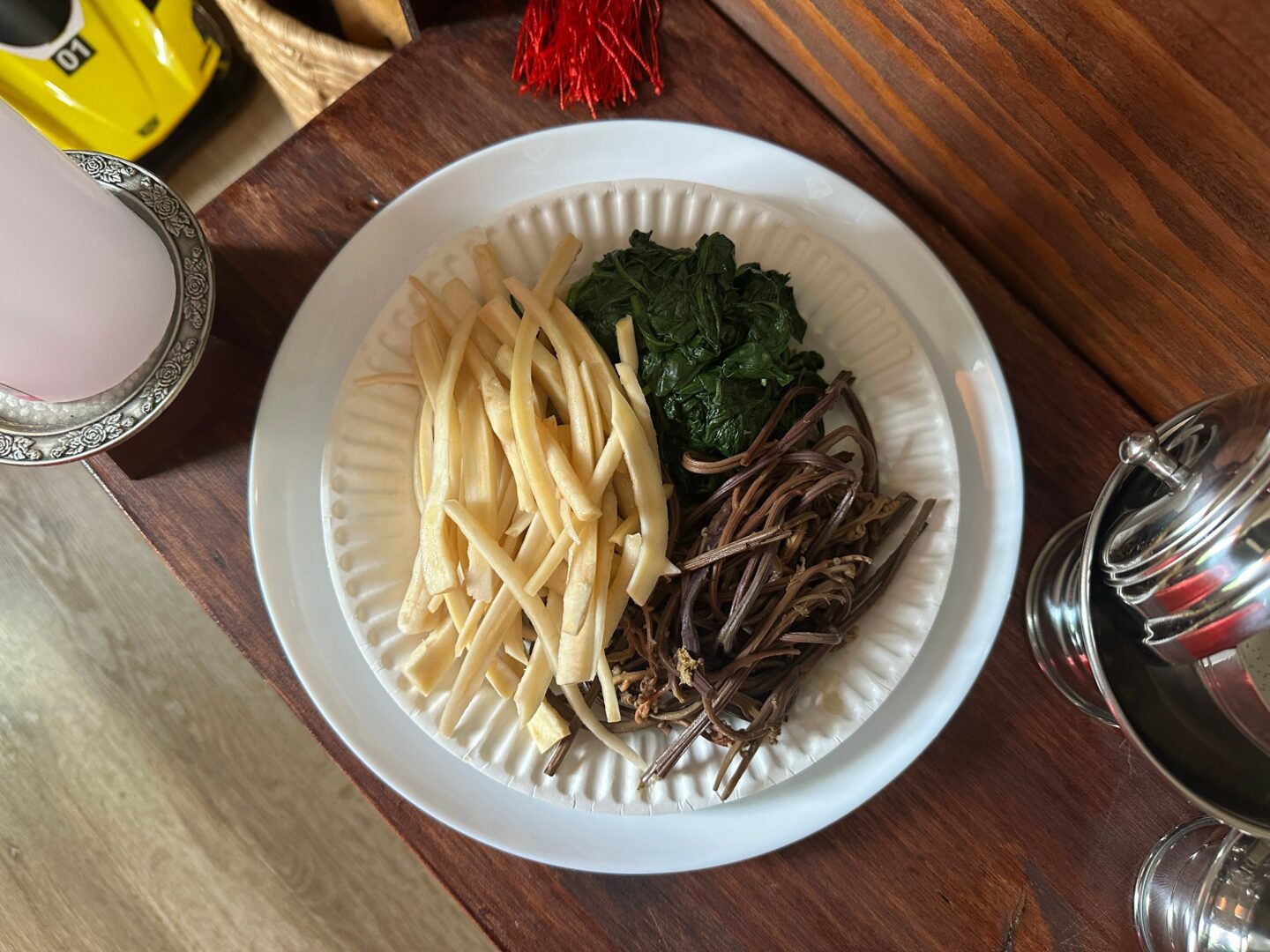
Looking back, what do you think were the three qualities, skills, or areas of knowledge that were most impactful in your journey? What advice do you have for folks who are early in their journey in terms of how they can best develop or improve on these?
Openness, intuitiveness, and persistence. These three qualities kept me on the right track through all the ups and downs, and they continue to be the backbone of my work. I was not open, detail-oriented and persistent 100% of the time, but these were qualities that have cemented themselves as motifs throughout my journey. They’ve made the most impact on the decisions I’ve made and the connections I’ve made. I can’t see my journey being the same without these qualities.
To those just starting out, my best advice would be to start a daily practice of examining your day in gratitude. At the end of each day, set time aside to reflect on the events of your day. Which parts of your day stood out? Why? Keeping in mind that there will be things that stick out because they sucked or felt really heavy. Other times, things may stick out for being amazing and uplifting. Still, other times it might just be because things were fairly consistent and neutral. It’s important to just hold space for your experience, exactly as it was. If it stood out to you, that’s all that matters. No justification necessary. At the end of your reflection, thank those moments for being what they were, and informing you however they did, and release them in gratitude.
This practice can be really helpful in a few ways. First, it’s really easy to get wrapped up in mindlessly busy days. We wake-up, hit the ground running, and before we know it we’re in bed going to sleep. For some of us, we may even be working right up until the moment we fall asleep. Engaging in this kind of practice helps us be more aware of what we’re filling our days with, and to be aware of ourselves. Awareness is a good foundation for cultivating openness, intuition and persistence. Second, setting time aside to reflect is an exercise in setting boundaries. We may find ourselves hyper-focused and fixated on tasks, or feeling like we have to work all the time. Setting a routine for ourselves and designating time aside for ourselves can help us establish boundaries for how we use our time, and who controls our time. It can serve as a reminder that our time and energy is ours. It’s difficult to understand what being open feels like when we’re never closed. Never setting boundaries doesn’t mean we’re open, nor does setting boundaries mean we’re closed. Finally, releasing these moments in gratitude can take work. It may push us to shift our perspective on how we understand our day-to-day, and ultimately help us learn how to transform energies in our lives intentionally.
Really, there’s so many ways this practice has been beneficial to me, but these are just some of the ways in which I think it could help those starting out.
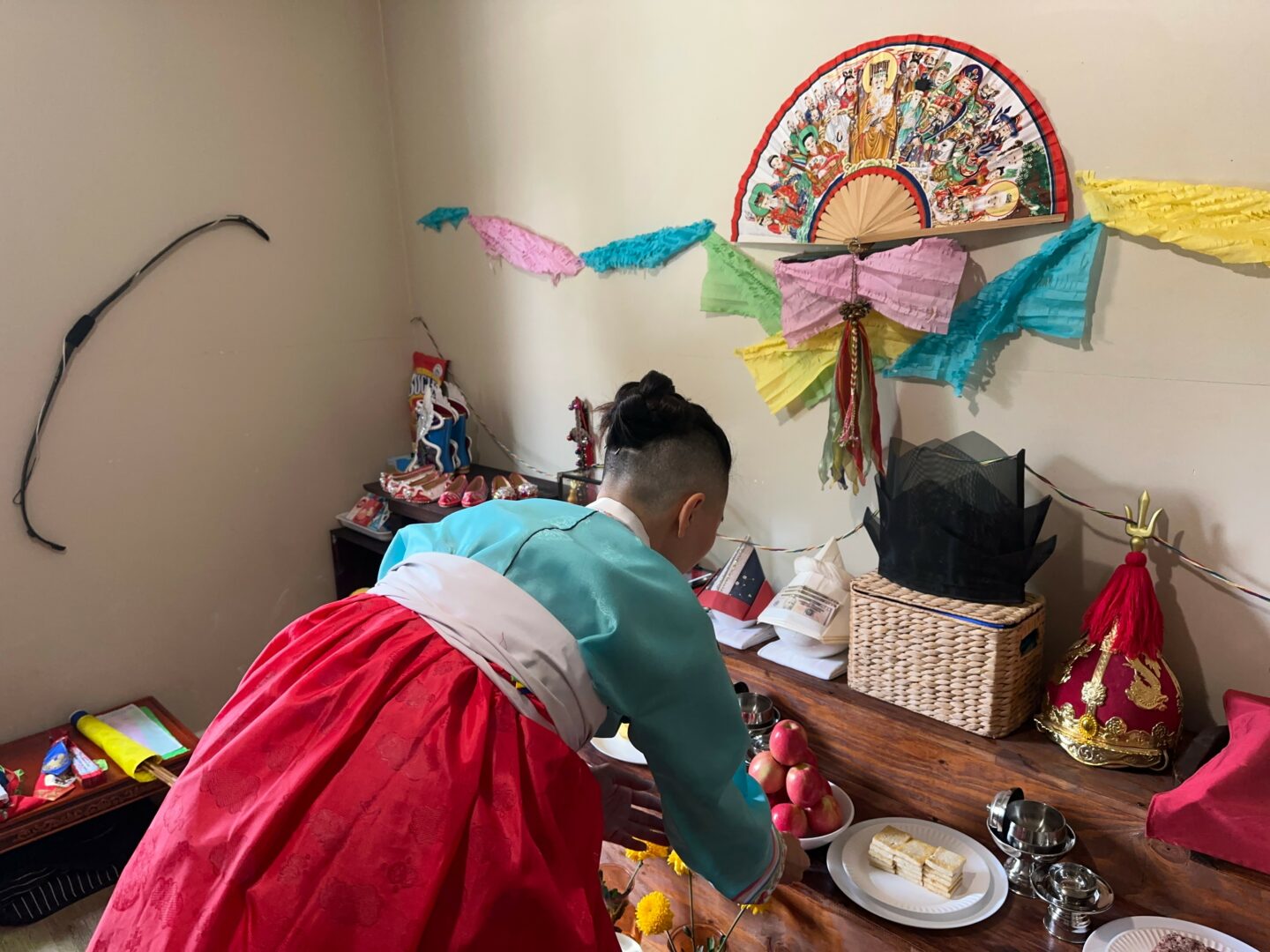
How can folks who want to work with you connect?
Yes! I’d love to collaborate with anyone who is working to connect their communities to cultural practices and traditions. We’ve got so many different peoples represented on Turtle Island, and it’d be amazing to link-up and collaborate. I truly believe our communities are stronger together.
Whether it’s collaborative social media posts, opportunities to educate the public on Corean practices and mugyo, or something new, innovative and fun, I’m looking forward to seeing what we can do together!
The best way to reach me would be by email ([email protected]) or through DM on Instagram.
Contact Info:
- Website: https://www.thebabymudang.com
- Instagram: @the.baby.mudang
- Other: https://thebabymudang.substack.com/
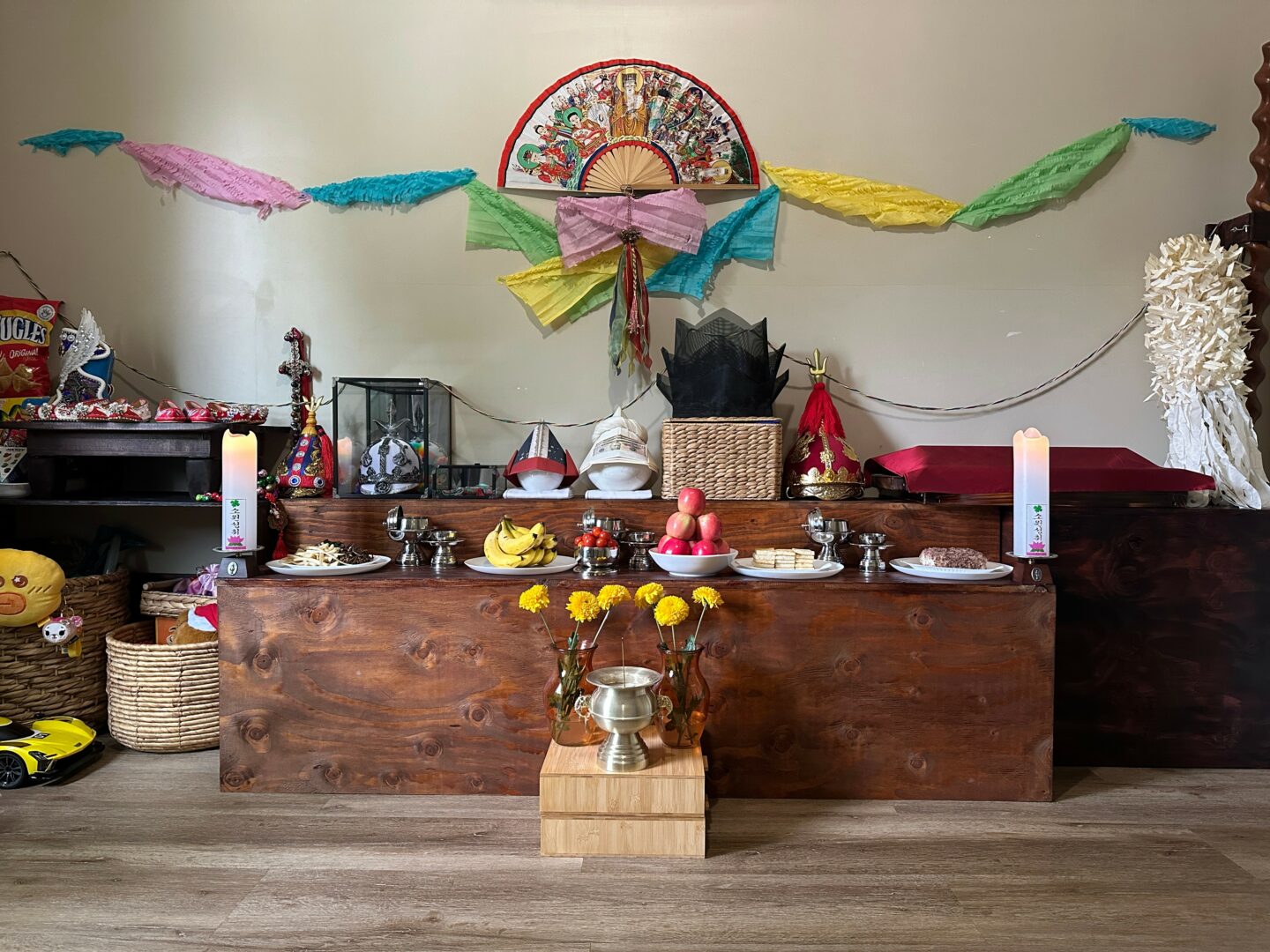
Image Credits
N/a
so if you or someone you know deserves recognition please let us know here.

